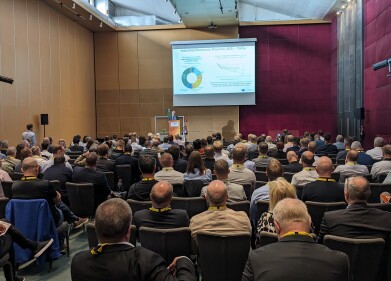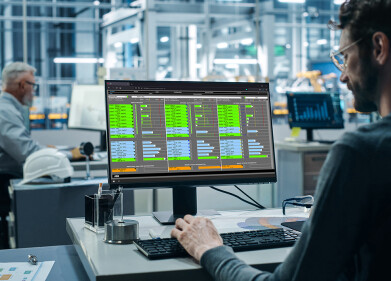Air monitoring
Were Harvey's Chemical Spills Preventable?
Sep 26 2017
It wasn’t long after Hurricane Harvey that the media attention turned to other disasters. Hurricane Irma hit the East Coast of the US before Harvey had dissipated in the South, with Maria to the South East in the weeks following. The effects of Hurricane Harvey are still lingering, however, with environmental effects on top of the obvious destruction of homes and businesses. This post explores whether some of those effects, namely the chemical spills, were preventable.
Hurricane Harvey’s destructive path
Developing winds of 130 mph, Hurricane Harvey hit peak intensity on August 25th. In the days following, it struck southern Texas, causing tens of billions of dollars in damage. That damage included thousands of homes – with over 30,000 left homeless – and some key public energy facilities – with over 300,000 without electricity in the aftermath.
Also among the damage were many oil refineries. Reports of this damage, in particular, led to panic, with people rushing to gas stations for their fuel. In total, the hurricane affected over 20 percent of the US refining capacity and gas stations were eventually forced to close because they simply couldn’t handle the huge rush.
Chemical leaks
Amid all the destruction and panic, there was another problem brewing. As these refineries and petrochemical facilities were hit, it wasn’t just the US refining capacity that incurred damage. The hurricane also took its toll on the environment, with Environment Texas estimating over 2 million pounds of pollution was released.
The likes of butadiene, benzene and ethylene – all hazardous pollutants – were released in excess of permitted limits during the storm. They did so when shutting down the plants, to avoid excessive damage. And, according to some experts, these significant emissions were in fact avoidable.
Modernisation required
“Refineries and chemical plants need to be shut down during natural disasters, but they don’t have to pollute and break the law when doing so,” said Environment Texas director, Luke Metzger. “Industry needs to modernize their facilities and take better care to not make a bad situation worse with their health threatening pollution.”
So, why is it that companies aren’t equipping themselves to shut down, without the need to break the law? It’s partly down to a lack of any real disincentive. In July 2017, Environment Texas reported that the state of Texas failed to punish 97 percent of illegal air pollutant releases. Unfortunately, until companies are properly penalised, they won’t see any need to develop new technology to reduce emissions and improve air quality.
Digital Edition
AET 28.4 Oct/Nov 2024
November 2024
Gas Detection - Go from lagging to leading: why investment in gas detection makes sense Air Monitoring - Swirl and vortex meters will aid green hydrogen production - Beyond the Stack: Emi...
View all digital editions
Events
Jan 14 2025 Abu Dhabi, UAE
Jan 20 2025 San Diego, CA, USA
Carrefour des Gestions Locales de L'eau
Jan 22 2025 Rennes, France
Safety, Health & Wellbeing LIVE
Jan 22 2025 Manchester, UK
Jan 25 2025 San Diego, CA, USA



















